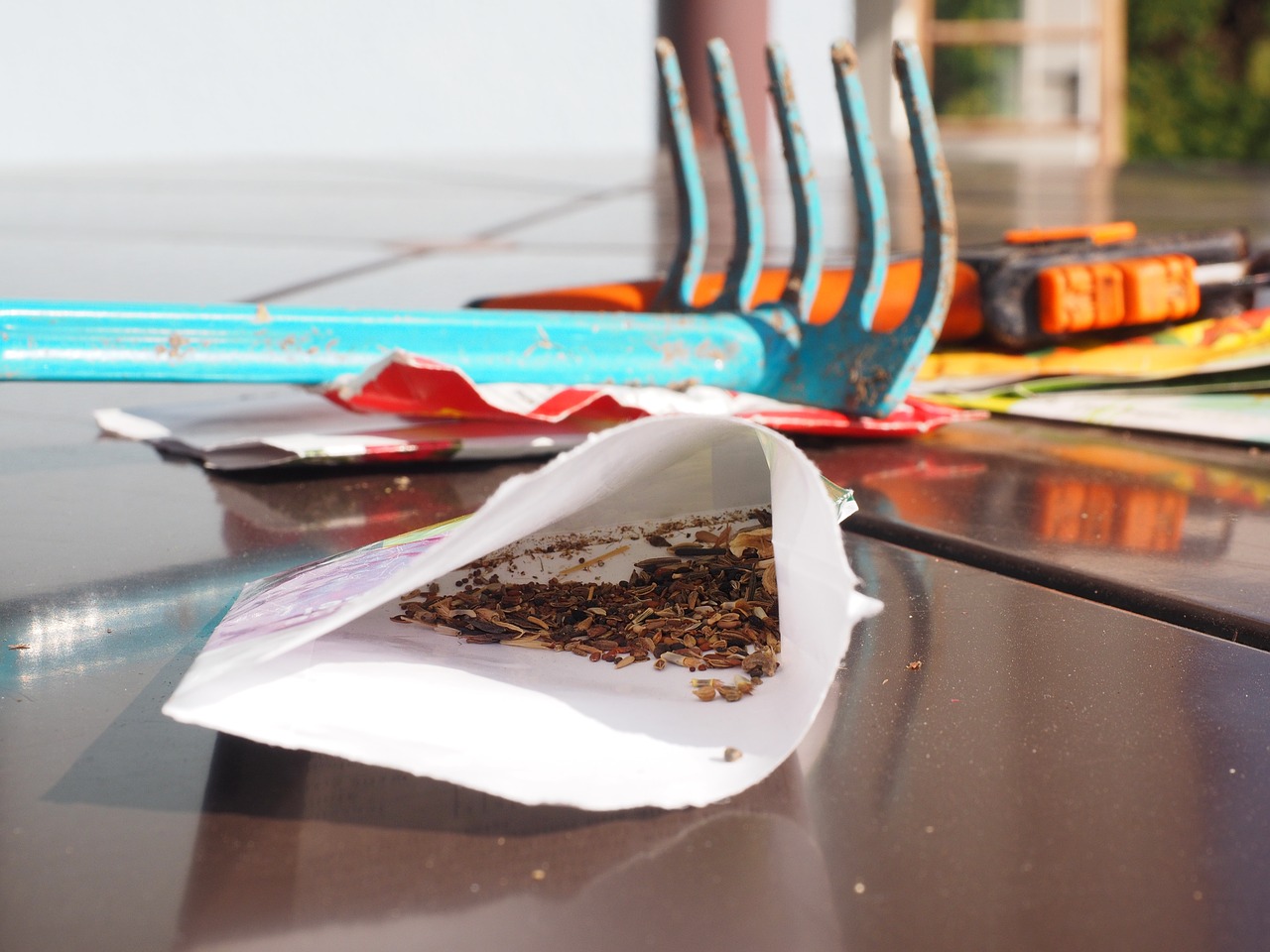
Fall seeding
Get a jump on spring by fall seeding vegetables and garlic
Some vegetable seeds can be sown in the garden in the fall for early spring germination and an extra-early crop. Fall planting takes advantage of early spring moisture from snow melt and spring rains. It may allow you to have two or three successive plantings during the growing season for crops that mature quickly.
The success of fall planted vegetables depends weather conditions and seed viability. However, since seeds are inexpensive, many people find that fall planting is worth a try.
Not all vegetables can be fall planted. This works best for certain cold-season vegetables.
- Seed onions, especially scallions
- Radishes
- Lettuce and other greens (may be bitter)
- Spinach
- Turnips
- Parsnips
- Rutabagas
- Carrots
You may be successful with other seeds such as cabbage, carrots, broccoli and cauliflower, but these do best with mulch or snow cover.
Similarly, try this with annual flower seeds such as calendula, delphinium, poppies, flax, nigella, and shasta daisy, siberian squill, and especially native flower seeds such as hyssop, bee balm, rudbeckia, echinacea, larskpur, scilla and columbine.
Garlic must be planted in fall on the prairies in order for cloves to develop the following year. (See below)
How to fall plant:
- Timing is critical. Watch the forecast and prepare to sow seeds just before the ground freezes. On the prairies, plant in late October or early November. If you live in the far north, plant earlier, perhaps in September or October, depending on your location.
- Select a protected site if possible. Fall planting works well in raised beds as the soil warms up faster in the spring than ground-level gardens.
- Prepare the planting bed by raking smooth. Choose fresh seeds. Plant seeds according to the recommended depth on the seed package, but sow seeds more thickly than recommended to increase your chance of success. Plant in rows or in bands. Mark the area you plant with a tag!
- Do not water! Wet soil encourages seeds to sprout. This method works best in a dry fall. Dry conditions keeps the seeds dormant until spring.
- Cover the planted area with a thick layer of mulch (at least 15 cm deep) to insulate the soil. Straw or leaves are good mulches. If using leaves, cover them with burlap anchored at the edges to prevent leaves from blowing away. Mulch may not be needed if you have an early, deep snowfall.
- In spring, remove the mulch after the snow has melted. If the spring is dry, you may need to water as seeds need moisture to germinate. Keep soil evenly moist but not too wet.
- An early warm spring followed by frost can kill early seedlings, so watch the forecast and be prepared to protect your crop with row cover.
- Thin plants as needed. Harvest crops when they are mature.
- Radishes, lettuce, scallions, spinach and other greens don't take long to mature and can be harvest young and early.
- Carrots can be harvested at the baby carrot stage or left in the ground to mature to a larger size.
- Turnips, parsnips, rutabagas and garlic need more time to mature, usually a full growing season, but fall planting may result in better crops provided that their growing needs are met.
Planting garlic:
- Fall garlic should be planted at least three weeks prior to freeze up. A USask study showed a reduction in clove survival as planting is delayed, which suggests that late August or early September is the preferred planting time.
- For best results, buy garlic from a trusted seed source, such as those you can buy at nurseries and greenhouses.
- "Crack" the bulbs into individual cloves but do not remove the papery skin. Select large, healthy cloves which are free of cuts or bruises. (Use the rest for cooking.) Discard any cloves with signs of Penicillium blue mould - these will decay in the soil.
- Plant the cloves 8 cm (3") apart, 5-10 cm (2-4") deep with a minimum of 30 cm (12") between rows.
- Do not water.
- Cover with 10 - 15 cm (4 - 6") straw mulch to help the garlic cloves survive the winter.
- Elephant garlic is more sensitive to cold temperatures and may not survive Saskatchewan winters unless very well protected.

